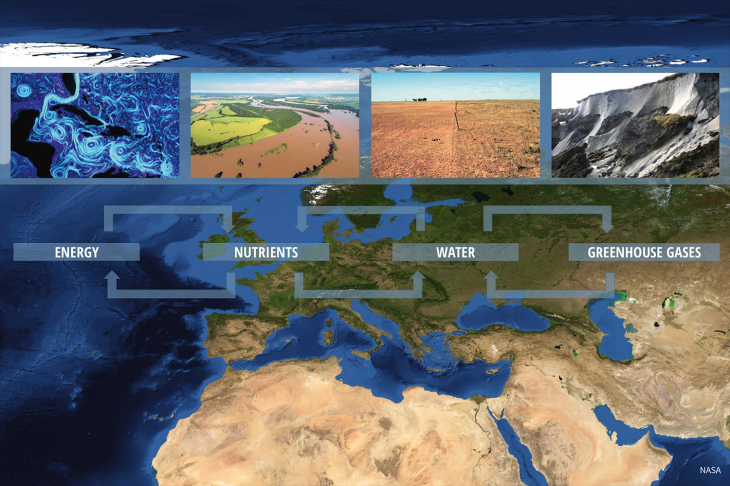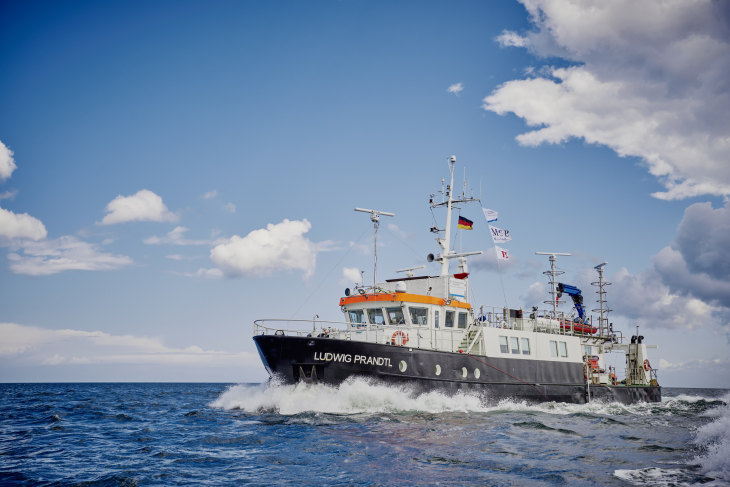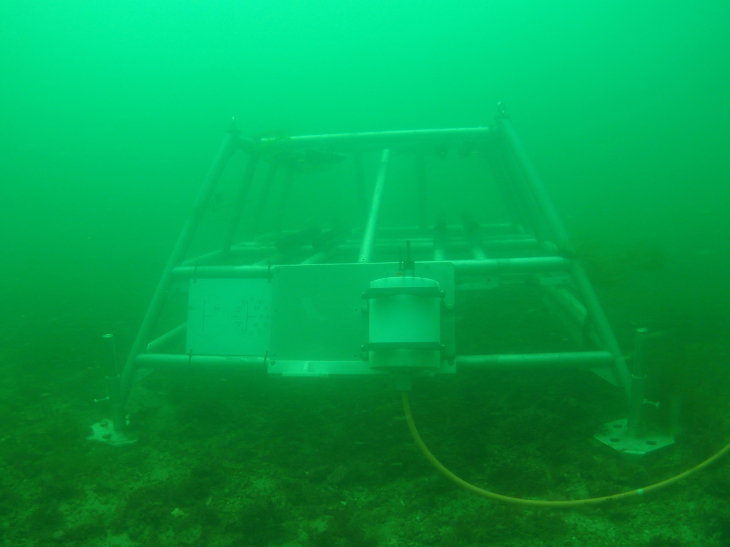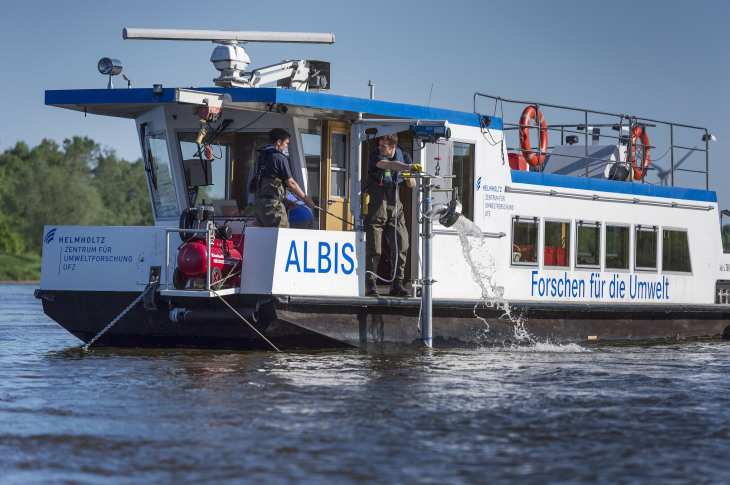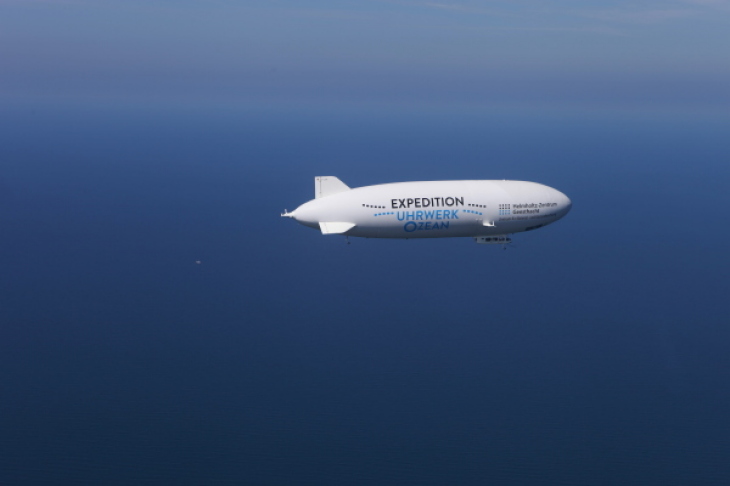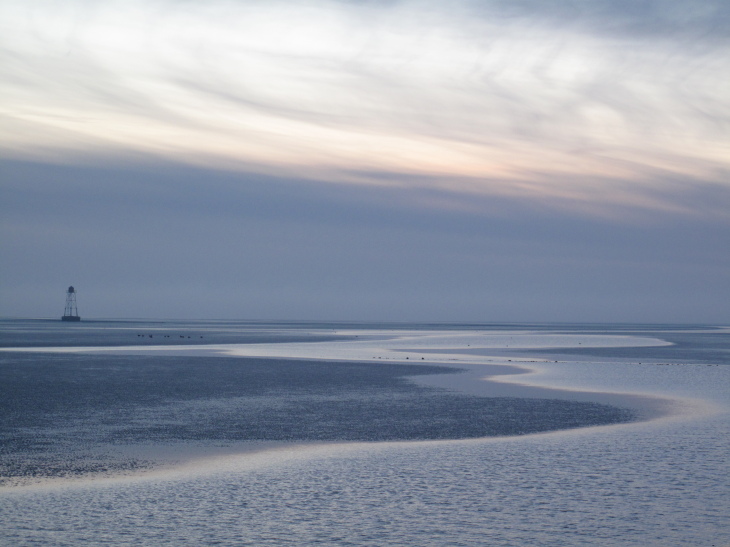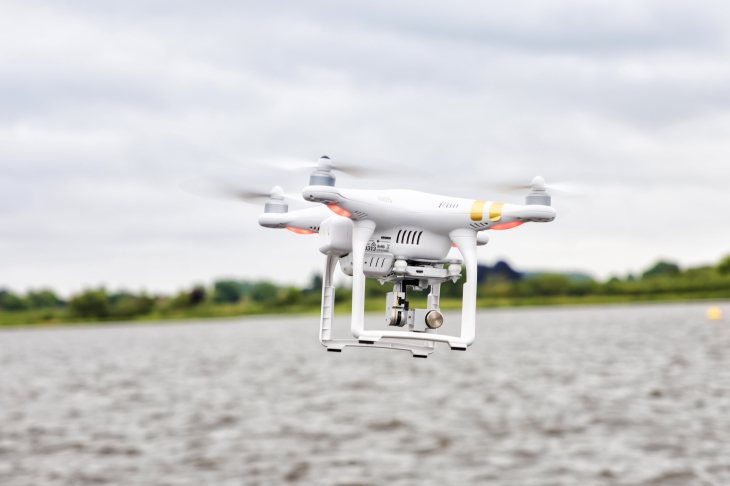The Wadden Sea and the Elbe Studied with Zeppelin, Drones and Research Ships
The 21st of September, 2017, marks the start of a special Wadden Sea and Elbe expedition under the leadership of the Helmholtz-Zentrum Geesthacht (HZG).
Scientists from the HZG and the Alfred Wegener Institute, Helmholtz Centre for Polar and Marine Research (AWI) as well as from the Helmholtz Centre for Environmental Research (UFZ) in Leipzig will be analysing the Elbe to improve future flood scenario predictions. The scientists will also study how the large-scale expansion of offshore wind energy installations affects the North Sea. They will use a Zeppelin, drones as well as several research ships as observatories. Data from measurement stations will be analysed at the same time.
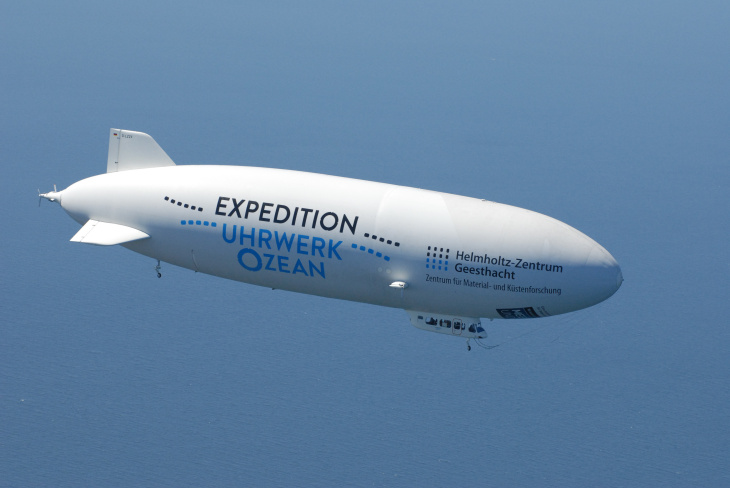
Already in 2016 a Zeppelin was successfully used in the Baltic Sea as part of the expedition "Uhrwerk Ozean". Photo: HZG/Torsten Fischer
Climate change, offshore wind parks, input from agriculture or from hydraulic engineering influence the life in and around the Elbe and Wadden Sea. Prognoses on the extent of environmental change, however, remain uncertain. Dr Holger Brix, HZG coastal researcher explains: “The environment is so complex in coastal and riverine regions that only processes in parts of the system can be studied. By using different measurement devices and instruments simultaneously, we want to better comprehend the complicated processes associated with heavy rains in the Elbe river basin.” The measurements taken on the Elbe are a further test of the measurement methods and the rapid data exchange between the different platforms.
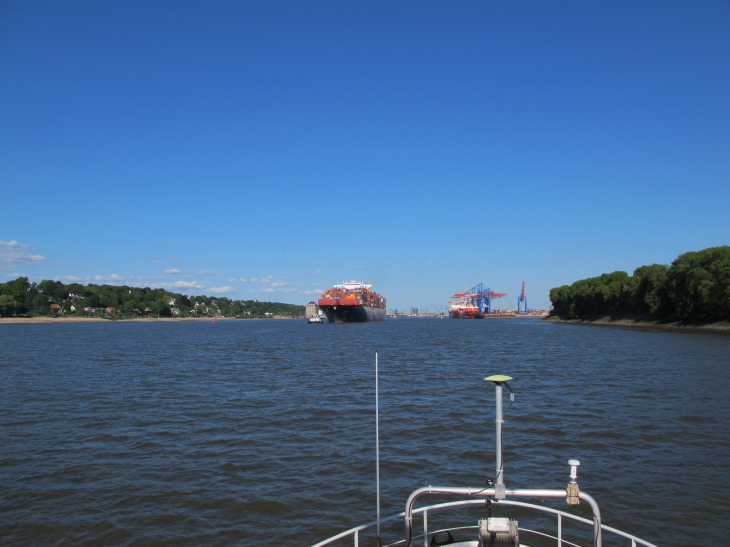
Research vessels are used to make measurements directly in the Elbe. Photo: HZG/Heidrun Hillen
One of the topics deals with how nutrients are transported via precipitation, plants and soil into the rivers and ultimately into the North Sea as well as how they influence the growth of marine algae there. “Combined real-time data from the land surface, water and the atmosphere provide us with a much more comprehensive picture of the links. The data is globally unique in this form,” explains Dr Brix.
Planned Schedule
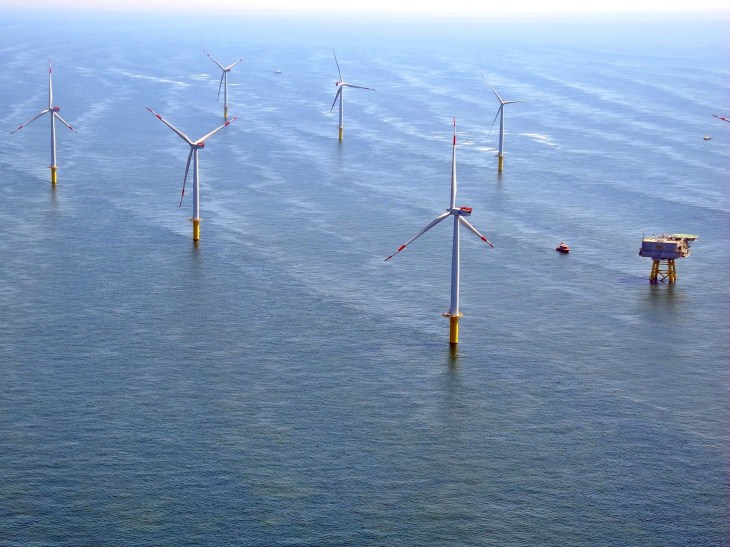
Ein Offshore-Windpark in der Nordsee. Bild: HZG/Sabine Billerbeck
The first stations for the expedition taking place on September 21st, 2017, will be a wind farm off Helgoland, the island of Neuwerk and the Elbe estuary. A zeppelin, the HZG research ship Ludwig Prandtl and the AWI research vessel Uthörn as well as stationary instruments will examine how the expansion of offshore wind power can alter current behaviour, nutrient transport and algal growth in the North Sea.
The zeppelin will fly from Cuxhaven over Hamburg Harbour on September 22nd, 2017, arrive in Geesthacht around noon, continue up-river along the Elbe, past Lauenburg to Cumlosen in Lower Saxony and finally back via Hamburg to Uetersen Airport. Among other activities, the UFZ’s research ship Albis will concurrently take water samples in the river cross section for biogeochemical measurements between Wittenberge to the Geesthacht locks. Schnackenburg or Cumlosen are possible meeting places for the zeppelin and the research ship Albis between 1:30 PM and 2:30 PM.


